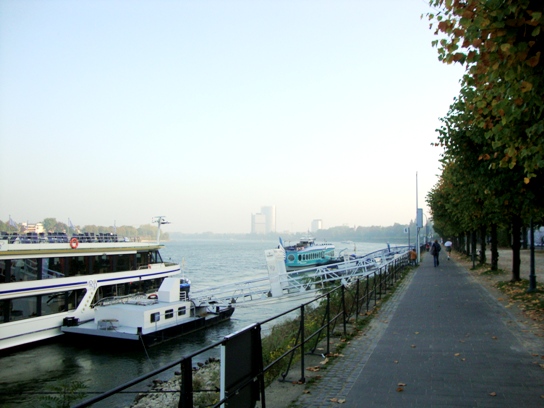Next morning I boarded the train to Sächsische. As the S-Bahn train left Pirna the natural beauty was sinking into me offering me a child-like fascination. As the
Thanks to the wise advice of the beautiful lady in my hostel’s reception, I travelled further down to the edge of the Sächsische Schweiz national park and got down in Konigstein station. It was a wise decision because I got to experience the countryside before heading off for the cliffs.
So I crossed the river in a ferry, walked through a beautiful settlement on the other side, walked for about 3 miles through dense jungles and finally reached the foothills of the sandstone mountain. As the day settled I was gleeful for I had spent a wonderful day in one of the most beautiful places on earth.



















































